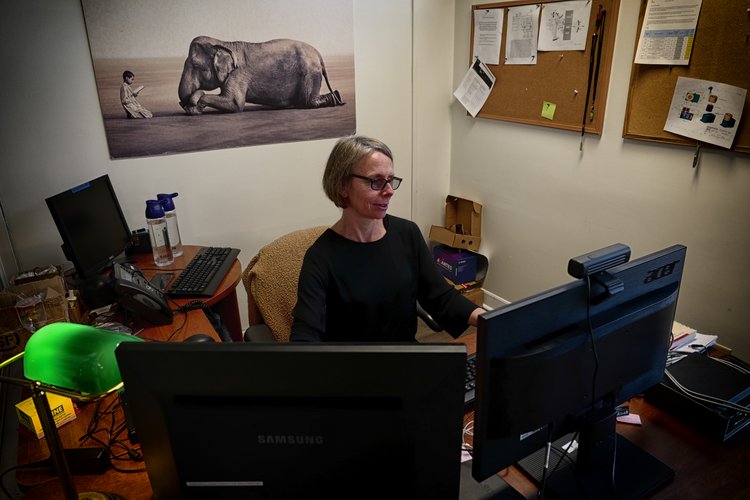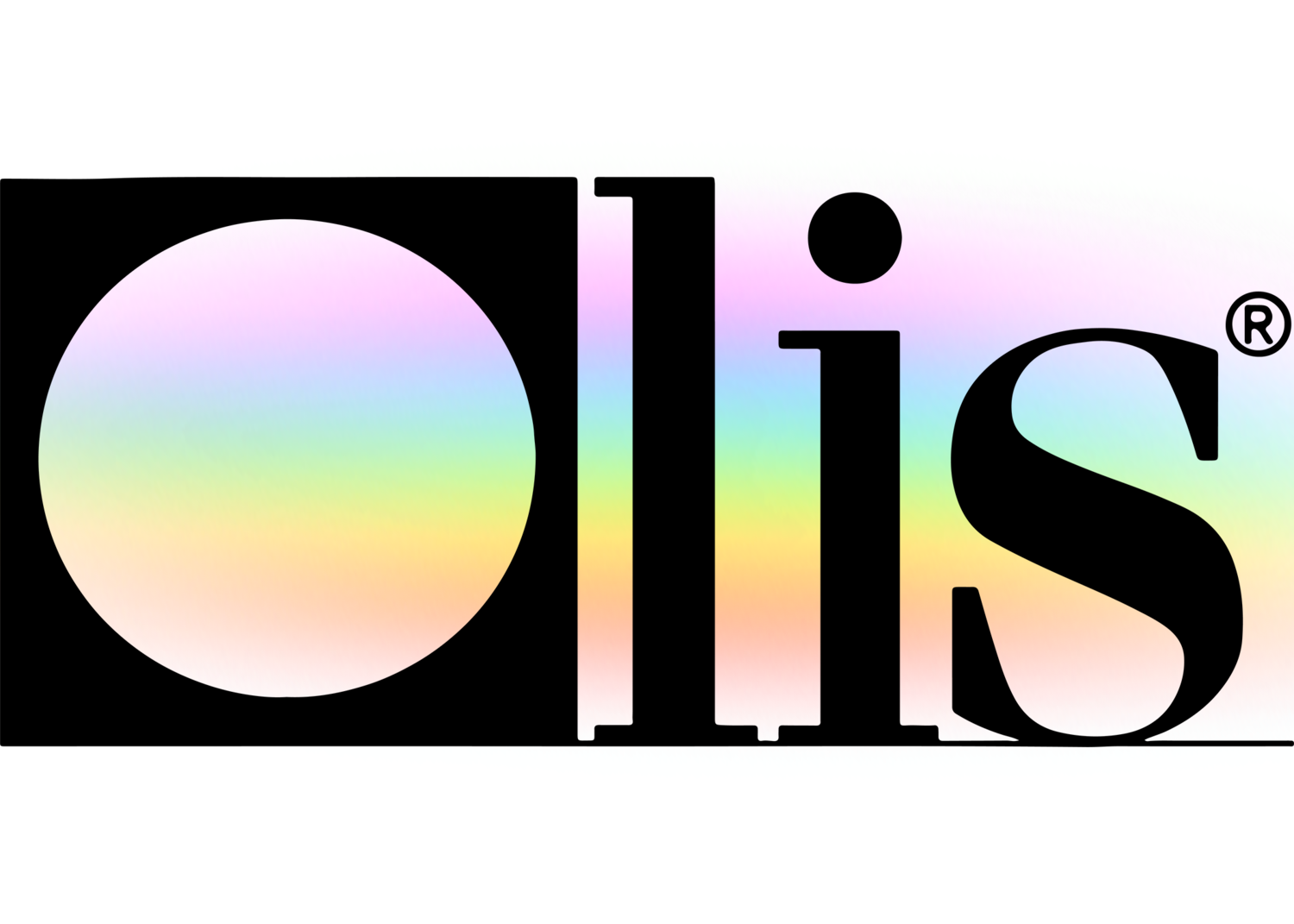Top Guidelines Of Spectrophotometers
Top Guidelines Of Spectrophotometers
Blog Article
The Ultimate Guide To Circularly Polarized Luminescence
Table of ContentsThe Definitive Guide for SpectrophotometersThe Basic Principles Of Uv/vis The Basic Principles Of Circular Dichroism What Does Spectrophotometers Mean?Getting The Circular Dichroism To Work

Spectrophotometry is most typically applied to ultraviolet, noticeable, and infrared radiation, modern spectrophotometers can interrogate wide swaths of the electro-magnetic spectrum, consisting of x-ray, ultraviolet, noticeable, infrared, and/or microwave wavelengths. Spectrophotometry is a tool that hinges on the quantitative analysis of molecules depending on just how much light is soaked up by colored substances.
Not known Incorrect Statements About Uv/vis/nir
A spectrophotometer is frequently utilized for the measurement of transmittance or reflectance of services, transparent or nontransparent solids, such as sleek glass, or gases. Although lots of biochemicals are colored, as in, they soak up noticeable light and for that reason can be measured by colorimetric treatments, even colorless biochemicals can typically be converted to colored substances appropriate for chromogenic color-forming reactions to yield substances ideal for colorimetric analysis.: 65 However, they can likewise be designed to measure the diffusivity on any of the listed light ranges that typically cover around 2002500 nm using various controls and calibrations.
An example of an experiment in which spectrophotometry is utilized is the decision of the equilibrium constant of a service. A certain chain reaction within an option might take place in a forward and reverse direction, where reactants form products and items break down into reactants. At some time, this chain reaction will reach a point of balance called an equilibrium point.
Things about Spectrophotometers
The amount of light that goes through the solution is a sign of the concentration of specific chemicals that do not enable light to travel through. The absorption of light is due to the interaction of light with the electronic and vibrational modes of particles. Each kind of molecule has a private set of energy levels connected with the makeup of its chemical bonds and nuclei and therefore will take in light of particular wavelengths, or energies, resulting in special spectral homes.
They are commonly utilized in many markets including semiconductors, laser and optical manufacturing, printing and forensic assessment, as well as in laboratories for the study of chemical substances. Spectrophotometry is typically used in measurements of enzyme activities, decisions of protein concentrations, determinations of enzymatic kinetic constants, and measurements of ligand binding reactions.: 65 Eventually, a spectrophotometer is able to identify, depending on the control or calibration, what compounds are present in a target and precisely how much through computations of observed wavelengths.
This would come as a service to the previously developed spectrophotometers which were not able to soak up the ultraviolet correctly.
Unknown Facts About Circularly Polarized Luminescence
It would be found that this did not give satisfactory results, therefore in Model B, there was a shift from a glass to a quartz prism which permitted for much better absorbance outcomes - UV/Vis (https://www.kickstarter.com/profile/olisclarity1/about). From there, Design C was born with a change to the wavelength resolution which site wound up having 3 units of it produced
It irradiates the sample with polychromatic light which the sample takes in depending on its residential or commercial properties. Then it is transmitted back by grating the photodiode variety which detects the wavelength region of the spectrum. Ever since, the development and application of spectrophotometry devices has increased tremendously and has actually turned into one of the most innovative instruments of our time.

3 Simple Techniques For Uv/vis/nir
The grating can either be movable or fixed.
In such systems, the grating is repaired and the intensity of each wavelength of light is determined by a different detector in the range. In addition, most modern mid-infrared spectrophotometers utilize a Fourier change technique to obtain the spectral info - https://dribbble.com/olisclarity1/about. This technique is called Fourier change infrared spectroscopy. When making transmission measurements, the spectrophotometer quantitatively compares the fraction of light that passes through a recommendation option and a test option, then electronically compares the intensities of the 2 signals and computes the percentage of transmission of the sample compared to the recommendation standard.

Report this page